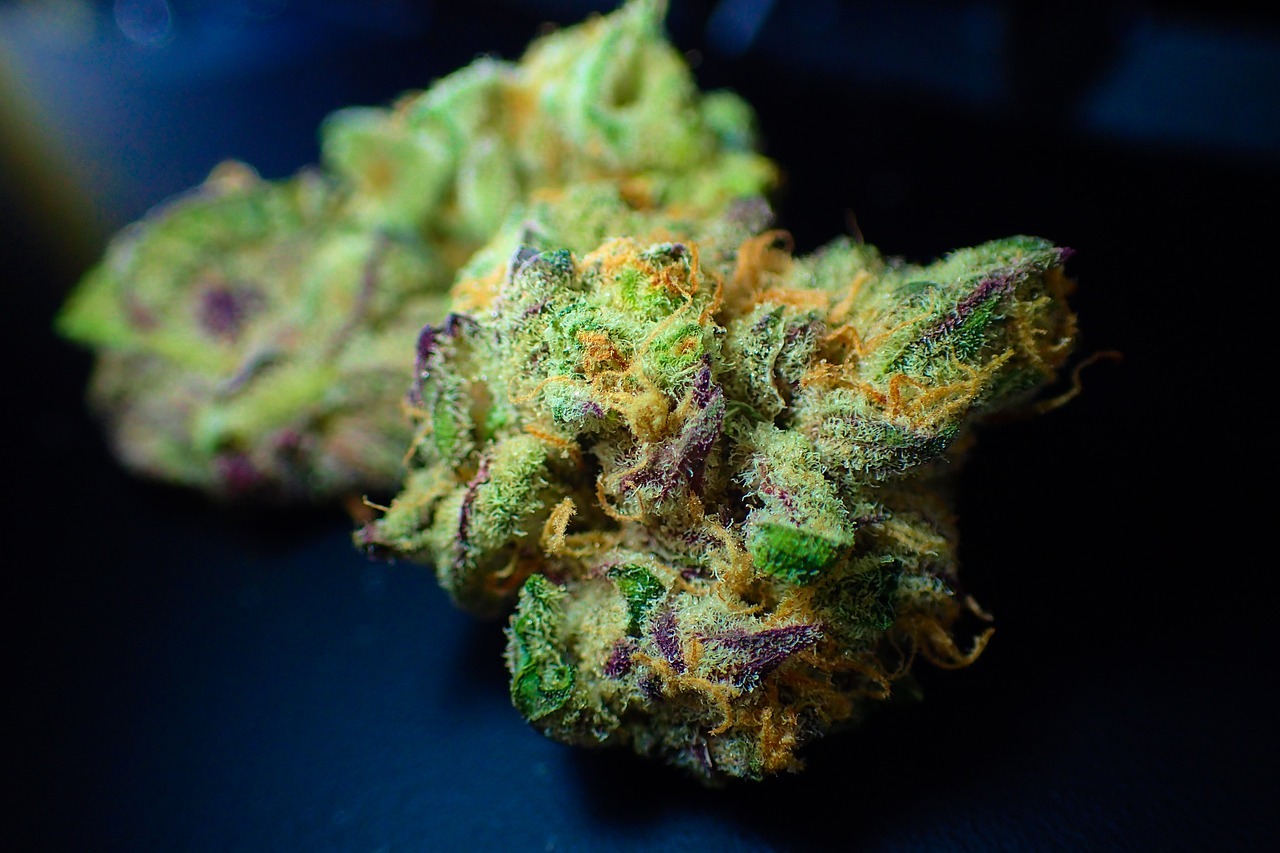
Policies Regarding Cannabis in Canada Today
Canada’s cannabis-related policies could always use an update as the industry advances and changes. Obviously, there have been several positive outcomes from legalization. It has created a multi-billion dollar industry, new jobs and tax revenues to name a few. There were also fewer cannabis-related drug-related convictions among young people. Cannabis is one of the most commonly used substances in Canada, with nearly half of Canadians reporting having used it at some point in their lives. Of course, when it was legalized there had to be guidelines and regulations for everyone to follow – hence the Cannabis Act. Its three main goals were to keep cannabis out of the youth, keep profits out of criminals’ pockets, and protect public health and safety by allowing adults access to legal cannabis. Some of the important regulations that the law will allow are:
- Adults can grow up to four cannabis plants per household for personal use
- Adults may possess up to 30 grams of cannabis
- Individuals over the age of 18 to purchase and use marijuana
- Provincial governments to develop a regulatory regime for licensed cannabis production
- New regulations to combat drug driving
Regulations by Province
It’s safe to say that cannabis use has increased since it was legalized in 2018. A surplus was achieved in 2021, according to Statistics Canada $3,900 million and it’s a billion dollar industry worldwide. Provinces and territories are responsible for developing, implementing, maintaining, and enforcing systems to oversee the distribution and sale of cannabis. All provinces allow a public possession limit of 30 grams of dried cannabis or equivalent. Quebec has a legal retirement age of 21, while Alberta has the lowest age limit at 18 and the rest of the provinces at 19. All provinces, except Quebec, allow home cultivation for personal use. Here is an overview of the provinces that allow and disallow the use of cannabis in public:
British Columbia: It is forbidden to smoke or vape cannabis in playgrounds, schools and other public areas used by children. Can be used mainly where tobacco is smoked.
Albert: Only where tobacco is allowed to be smoked.
Saskatchewan, Manitoba, Nova Scotia, PEI, NFL, Yukon: No.
ontario: Yes, only where tobacco is smoked, with the exception of vehicles.
Quebec: No, in the past tobacco could be smoked anywhere.
New Brunswick: Yes, tobacco can be smoked everywhere.
Nunavut: Can be used mainly where tobacco is smoked, excluding vehicles, school campuses, hospitals or health centers and playgrounds.
Image by Clker-Free-Vector-Images from Pixabay
Use and consumption at work
Employers can regulate alcohol and tobacco consumption in the workplace. Likewise, employers have the right to develop cannabis workplace policies that govern the non-medical use of marijuana. Most companies need to update their policies related to cannabis and the workplace. Individuals in Ontario who suffer from medical disabilities are legally entitled to consume edibles for the purposes of their illness so long as it does not directly affect their ability to work.
Under Canada’s Human Rights Act, employers have an obligation to accommodate, to the point of unreasonable hardship, a worker who has an illness, injury or disability, including substance addiction and medical permits to use cannabis for medicinal purposes. It’s a fine line to walk, but those who need it for certain health conditions are protected.
protection of youth
Just like alcohol and cigarettes, cannabis has age restrictions and packaging must be designed to look simple and not appeal to a youthful eye. There are also two offenses related to supplying cannabis to juveniles, with maximum penalties of 14 years in prison:
- Giving or selling cannabis to young people
- Using a juvenile to commit a cannabis-related offense
Public health concerns
Many of the concerns surrounding cannabis legalization revolve around health risks and addiction, along with potentially increased cases of cannabis-induced psychosis or schizophrenia and drug driving. Studies have shown that since legalization there has been no significant impact. Efforts are constantly being made to raise awareness of safety measures and potential consumer health risks. Additionally, there are always strict requirements for producers who grow and manufacture cannabis in Canada.
Criminal Activities and Penalties
While marijuana sales continue to rise, criminal activity has plummeted, and criminal activity related to youth-related marijuana crimes has also decreased dramatically. Some offenses and penalties include:
- Possessions across the border – tickets for small amounts up to 5 years less a day in jail
- Illegal Distribution or Sale – Tickets for small amounts up to 14 years in prison
- Cannabis cultivation beyond personal cultivation limits – fines for small amounts up to 14 years in prison
This is just the pinnacle of regulation when it comes to consuming cannabis. There you will find more information about usage licenses, travel and other important areas. It’s best to know as much as you can to protect yourself, and with a little research there is information to keep you informed.

Post a comment: